Lumos Kickstart bike helmet – It flashes and has Bluetooth
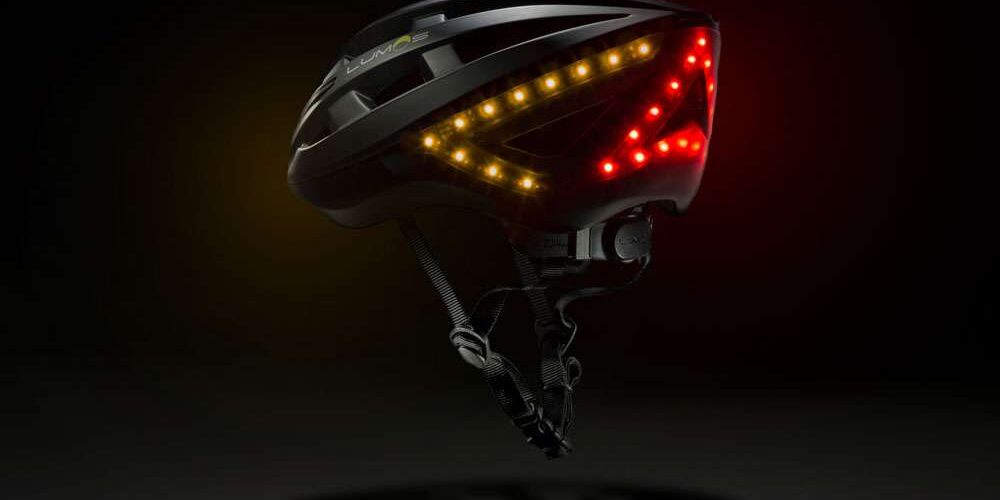
The innovative bicycle helmet from the start-up company “Lumos” could fundamentally improve the safety of cyclists. What looks like a normal, stylish bicycle helmet at first glance becomes an eye-catcher at second glance. As soon as the helmet is switched on, the front and rear LEDs light up. The lighting is based on the well-known standard on the roads: white front light, red rear light. This makes cyclists noticeably more visible to other road users. But it gets even better: thanks to the wireless controller, which is easy to attach to the handlebars, cyclists with the Lumos helmet can now set the indicator. Can’t do it? No way! At the touch of a button on the controller, the helmet starts flashing either left or right – depending on where you want to turn or which of the two controller buttons you press (“L” or “R”). The brake light is controlled by an accelerometer integrated in the helmet. This must be connected to the “Lumos app” via smartphone. As soon as the accelerometer registers the rider’s braking, the LED lights on the back of the helmet light up strongly, signalling to the traffic behind that the rider is braking. Thanks to the innovative technology, together with the cool design, the bicycle helmet by Lumos has already received several awards. These include the award for “Best Cycling Innovations 2015” from Cycling Weekly, the Gold Winner Award 2016 at Eurobike and the Red Dot Design Award in 2017.
A test is needed
So far so good – in theory, it all sounds good. That’s why we wanted to put Lumos and their bike helmet to the test in practice. A volunteer MHW Bike House employee was quickly found. Marc, a technology and cycling enthusiast from our marketing department, cycles about 10 km to work and back home every day. And not only in summer, but also in winter when it snows. Stupid saying, but you really only see our bike fanatic’s car parked in front of the company in extremely nasty rainy weather or snowstorms. The predestined helmet tester was found and was allowed to put the helmet through its paces for 14 days. His conclusion was quite positive, because – let us reveal this much – good Marc did not give the helmet back after the 14-day test phase. But read for yourself:
A helmet with Bluetooth and an app?
When you first put it on, you don’t notice much difference to a conventional helmet. It sits comfortably on the head and the size can still be adjusted individually via a wheel. The design is relatively simple (I had the helmet in “charcoal black” for testing), but still looks very classy. Overall, the helmet is very well made and the materials used make a high-quality impression. The only drawback: it’s a bit heavier than my normal helmet. The controller is quickly attached to the handlebars and you’re ready to go. Wait: The Lumos app still has to be loaded onto the smartphone and connected to the helmet via Bluetooth. But now! What I noticed when I switched on the helmet, even before the test phase, is that the LED lights are very visible even in daylight. After 14 days of extensive testing, I am really impressed with the functions of the helmet and especially their effect in traffic. After a short time, I simply felt safer riding with the helmet on, as I had the feeling that I was much better perceived on the road. Most of the cars behind me definitely kept more distance than before. The connection between helmet and controller and also the smartphone worked perfectly within the 2 weeks. Since I was on my bike during the two weeks, sometimes in miserable weather, here’s a little tip: The helmet is splash-proof, but in heavy rain the water does find a way through the air vents to my head. I therefore simply got myself a transparent rain cover (I had already read about this in another experience report) and pulled it over the Lumos helmet. It worked perfectly, because the lighting could still do its job and I didn’t get so wet!
Conclusion: Now it’s mine!
My conclusion: The helmet is absolutely recommendable for everyday use. Thanks to the LED lighting, you stand out much better in traffic during the day. In the dark, however, the signal effect is much stronger. Personally, I felt safer when cycling because drivers kept more distance and I generally had the feeling that I was better perceived as such by other road users and was no longer so easily overlooked. Since I “had” to be the guinea pig for 2 weeks, I decided to keep the helmet after the test phase as a small compensation 😉
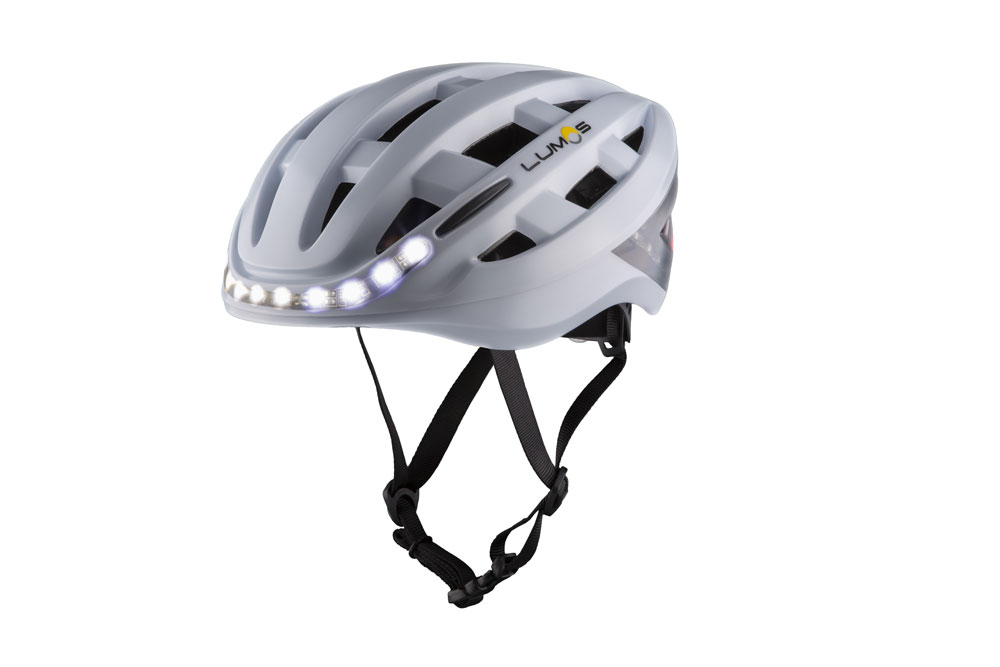

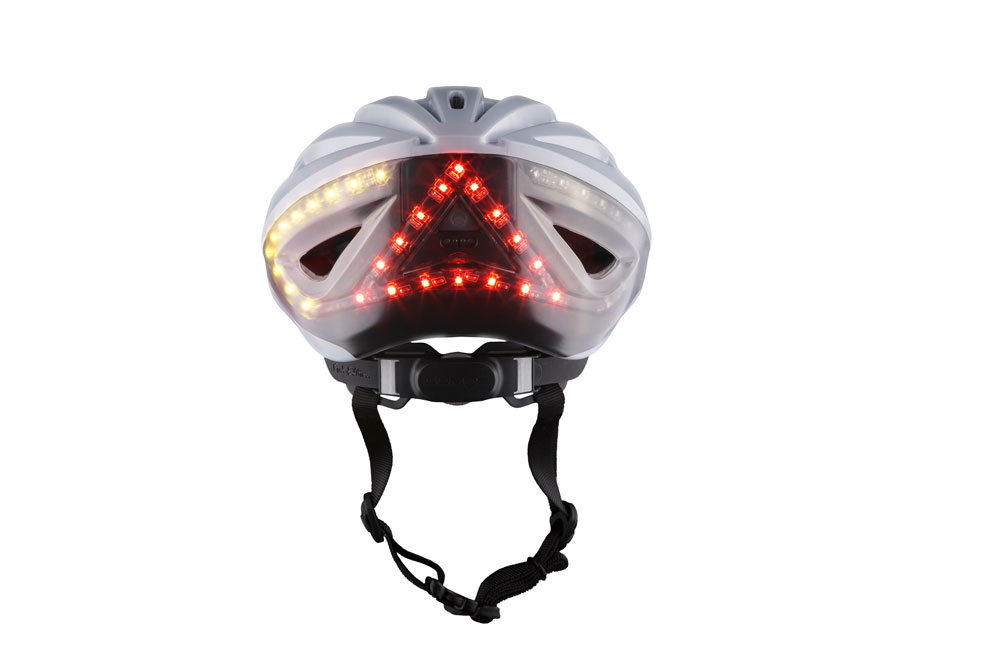
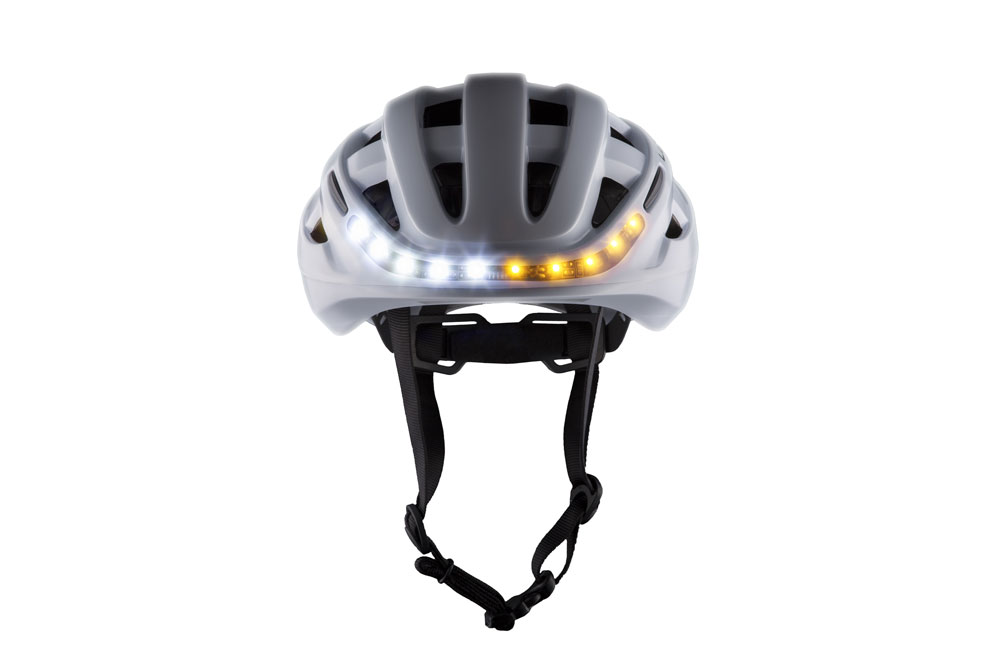
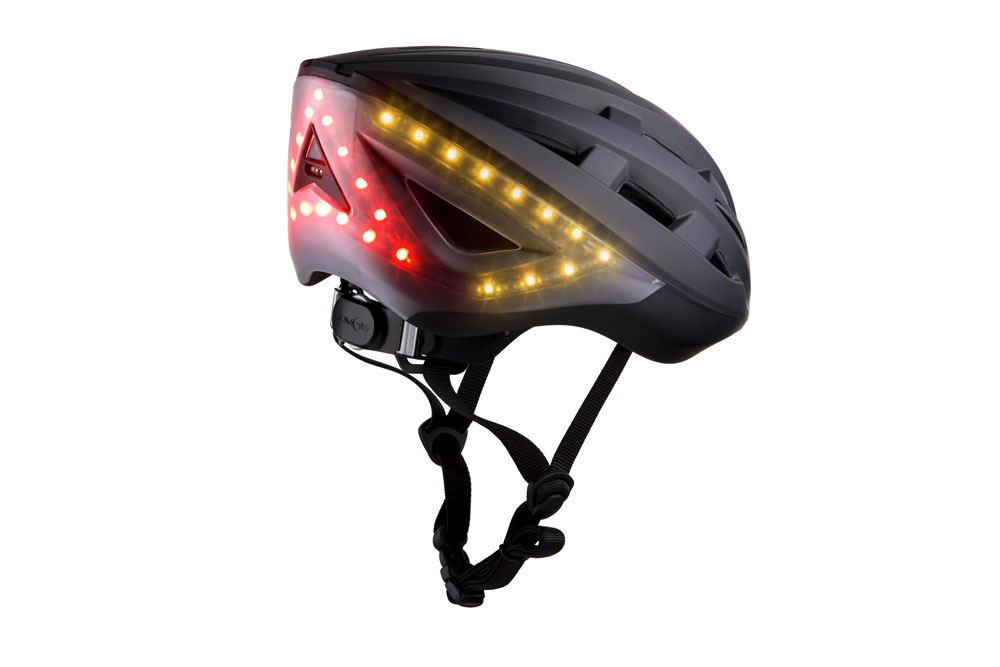
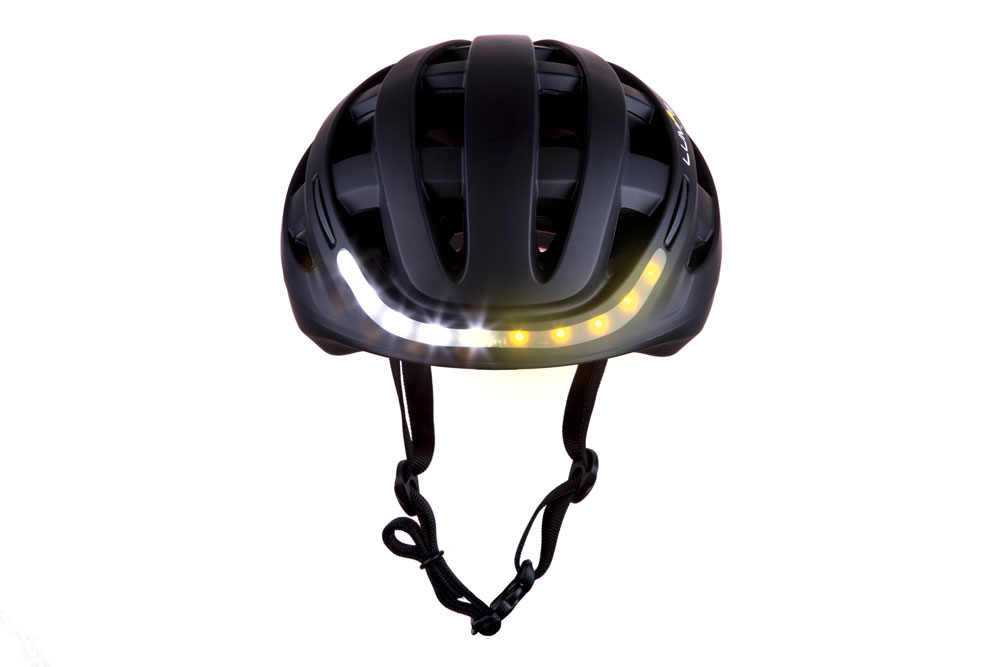
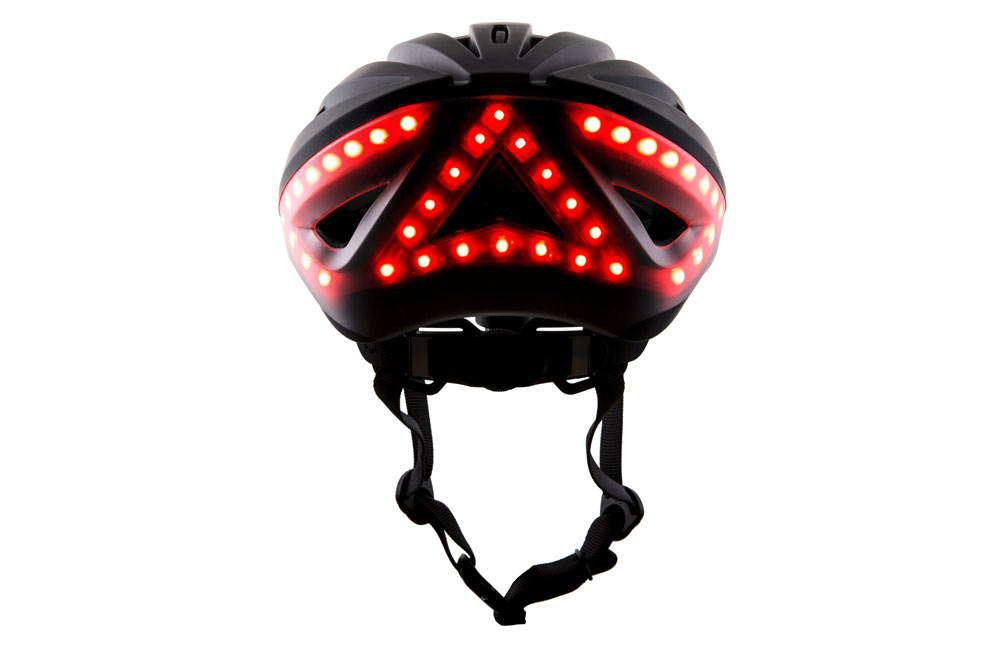

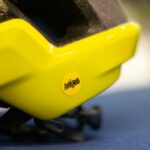
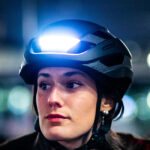
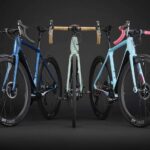





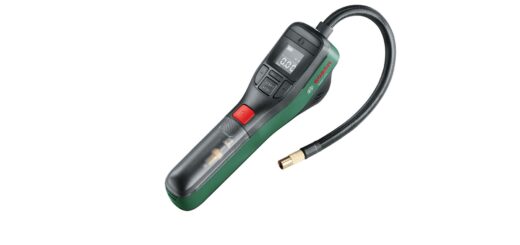
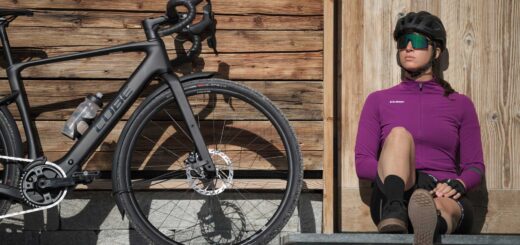
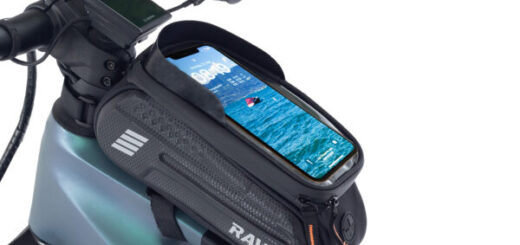








Recent Comments